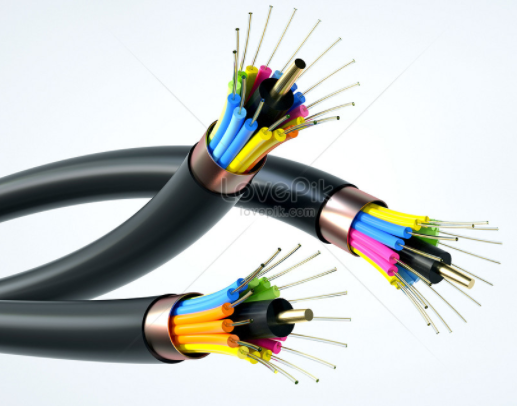Oufu Optical Fiber Cable Co.
Atres: Shenyang, Liaoning, Saina
Man i toktok wantaim: Mania Zhang
Phon: 400-964-1314
Mobail fon: 860405338
?
2024-11-27 1499

Www.Ol i mekim ol tok i daicable.cn
What Are Aerial Fiber Optic Cables?
Aerial Fiber optik kabls are specialized optical fiber cables engineered for installation on overhead structures such as utility poles. They are designed to withstand the rigors of outdoor environments, including exposure to weather elements, mechanical stress, and potential damage from animals or humans. These cables are typically composed of a core of optical fibers surrounded by protective layers that enhance their durability and performance.
Key Benefits of Aerial Fiber Optic Cables
Cost-Effective Installation: Aerial Fiber optik kabls can be installed using existing overhead poles, significantly reducing the need for excavation and other costly groundwork. This can lead to substantial savings in both time and resources.
Flexibility and Speed: The overhead installation method allows for quicker deployment of fiber optic networks, particularly in areas where underground infrastructure is lacking or difficult to access.
Resilience Against Natural Disasters: While aerial cables are susceptible to certain weather conditions (e.g., strong winds, ice), they are less likely to be affected by flooding or earthquakes compared to buried cables.
Enhanced Connectivity: Aerial Fiber optik kabls can extend the reach of communications networks, providing connectivity to remote or underserved areas.
Applications of Aerial Fiber Optic Cables
Telecommunications: Aerial Fiber optik kabls are widely used by telecommunications providers to expand and enhance their networks. They enable high-speed internet, voice, and data services to reach Moa customers.
Utility Companies: Electrical utility companies often use aerial Fiber optik kabls for communications and monitoring purposes, sharing the same support structures as electrical conductors.
Broadcasting and Media: These cables are also used in broadcasting and media applications, facilitating the transmission of high-definition video and audio signals.
Government and Military: Government and military organizations rely on aerial Fiber optik kabls for secure communications and data transfer.
Types of Aerial Fiber Optic Cables
All-Dielectric Self-Supporting (ADSS) Cables: ADSS cables are designed to be lightweight and small in diameter, reducing the load on support structures. They are non-metallic, providing excellent insulation and thunder-proof performance.
Catenary Cables: These cables are installed using a catenary system, which allows for greater flexibility and span between support points.
Challenges and Considerations
Despite their advantages, aerial Fiber optik kabls face certain challenges. They are Moa susceptible to damage from natural disasters, external forces, and mechanical stress. Additionally, maintaining and repairing aerial cables can be Moa complex and costly compared to buried cables. Therefore, it is crucial to select the appropriate cable type, installation method, and maintenance strategy based on the specific needs and conditions of the deployment area.
Future Trends and Innovations
As technology advances, so do the materials and designs used in aerial Fiber optik kabls. Innovations in fiber optic technology, such as higher fiber counts and enhanced protective coatings, are making aerial cables Moa robust and reliable. Additionally, the integration of smart sensors and monitoring systems is enabling real-time monitoring and predictive maintenance of aerial fiber optic networks.
Conclusion
Aerial Fiber optik kabls are a vital component in the global communications infrastructure. Their ability to provide high-speed, reliable connectivity in a cost-effective and flexible manner makes them an indispensable asset for telecommunications providers, utility companies, and other organizations. As technology continues to evolve, we can expect to see further improvements in the design and performance of aerial Fiber optik kabls, driving the future of outdoor communications.
Keywords: aerial Fiber optik kabl, ADSS cable, catenary cable, telecommunications, utility companies, fiber optic technology.